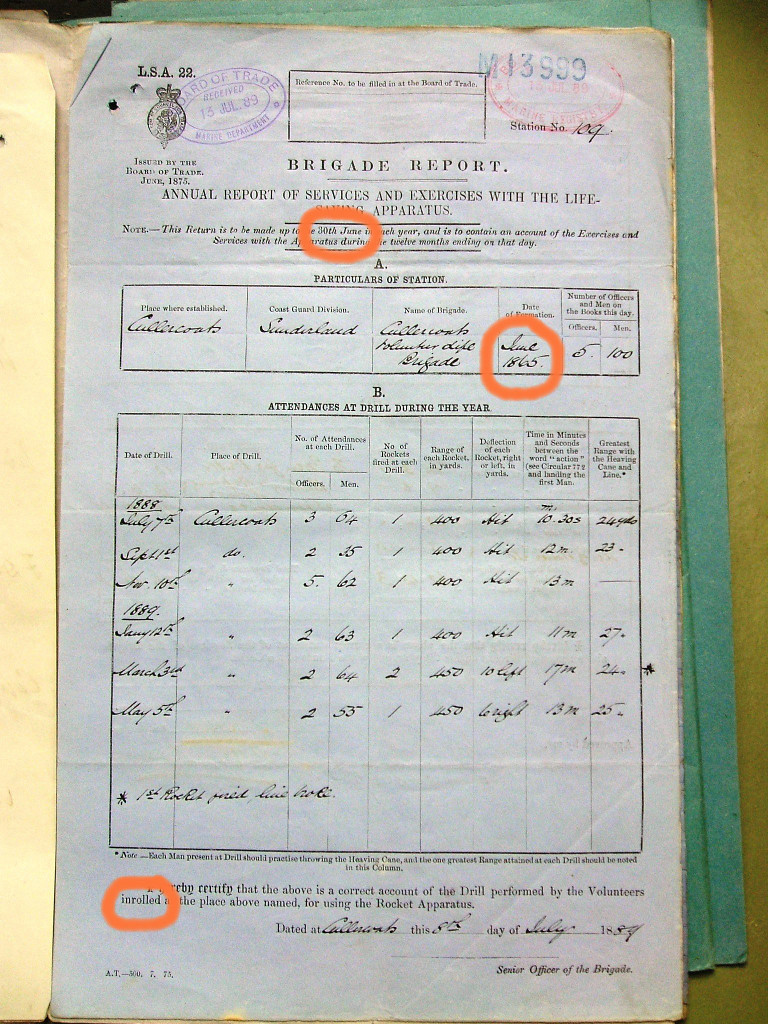Board of Trade
The Board of Trade, the Marine Department and the Marine Registry
"The Marine Department was created a separate branch of the board of trade in 1850, about which time many new and important marine questions came under the board of trade, such, for example, as the survey of passenger steamers, the compulsory examination of masters and mates, the establishment of shipping offices for the engagement and discharge of seamen. Further work fell to the marine department by the act of 1853, which gave it the control of lighthouse funds, and to a certain extent of pilotage. The consolidating Merchant Shipping Act of 1854 and subsequent legislation so much increased the department that in 1866 it was divided into three, viz. the present marine department, which deals with ships and seamen, the harbour department and the finance department. "
The new VLB's that were formed had to be regulated by the Board of Trade,and subsequently under the control of the Marine Department, the same body that regulated the Coast Guards. "The greater part of such supervision of commerce and industry as exists in the United Kingdom is exercised by the "Committee of Privy Council for Trade" or, as it is usually called, the board of trade." is an indicator of how big and powerful the Board of Trade was. It was a huge bureaucracy. It was not renowned for moving quickly even for very good causes. Thus six months to organise matters is fairly speedy in the circumstances prevailing in 1864 - 65.
The document below was retrieved in 2008 from the archives at Kew by the historian of the TVLB [1] and offers a few clues. It is a 'Brigade Report' from July 1889
stamped by both the Marine Department and the Marine Registry. The report end of year date is June 30th, and that neatly is the date of the 'official formation' date of the CVLB. It can also be noted that the word 'inrolled' is also used on the official form. Both the TVLB and the CVLB were recognised by local government as having formed in December 1864.

[1] This copy provided by North Tyneside Council in 2012, reduced in size and marked for clarity by this site 2013.

